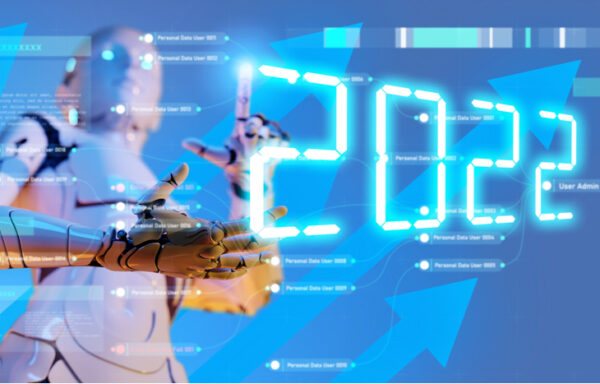Artificial Intelligence: Disrupting the Energy Sector for the Better
Artificial intelligence (AI) is quickly finding its way into every industry and sector.
Today’s supercomputing semiconductor chips can execute thousands of calculations at once. And they do it at speeds of billions of times per second.
This means energy, engineering, finance, healthcare, manufacturing, telecommunications and transportation are all benefitting in some form from AI.
In 2017, the global AI market was worth $126 billion. But by 2024, the AI market could hit more than $3 trillion.
That’s a compound annual growth rate (CAGR) of 36.1%! And the kind of investment I’m constantly on the lookout for.
AI’s ability to use machine learning is nothing short of electronic magic. This technology has the ability to analyze new and old data, make predictions, and exercise control over plant operations.
But AI can go even further. It can make decisions regarding overall plant operations.
AI Use in Power Plants
Where does all the data that AI uses come from? In a word, sensors.
The electronic sensor market has seen plenty of technological advances. This has resulted in many more sensors in use today in every manufacturing and service industry.
The sensor market is forecast to grow to $241 billion by 2022. That’s a CAGR of 11.3%.
Sensors have given AI a whole new world of data from sources that didn’t exist a decade ago. This can be seen in the power generation market.
A typical 1 gigawatt (GW) fossil fuel power plant generates about 10,000 data streams. Compare that with a wind farm of similar size. It produces about 51,000 data streams.
But solar takes the data stream cake. A 1 GW solar farm generates 439,000 unique data streams.
As you can see, solar and wind farms generate huge amounts of data. And AI is using that data to reduce one of the biggest costs a power plant has: maintenance and operations labor costs.
AI can detect anomalies and issues that humans would miss. So, for example, if one of five solar farms is operating 5% below nominal performance, AI can detect this through data analysis.
AI can also create algorithms via machine learning that spot inconsistencies in performance.
It can predict – with great accuracy – when individual panels or inverters are going to fail. Maintenance personnel can then easily swap out the affected device.
But maintaining generation resources isn’t the only thing AI is good at. AI also helps to balance generation resources and loads in real time.
Remember, solar and wind are intermittent power sources. The power they produce is directly related to the amount of sunshine and wind speed present on any given day.
This presents problems for grid managers. They need to adjust other sources to make up the difference.
But AI looks at the time of day, region of operation, season of the year and weather. It uses that information to predict when more power will be needed and for how long.
AI Advancements in Renewable Energy
One of the great benefits of technology is that it’s constantly in a state of advancement. That means solar and wind are going to see plenty of AI advancements.
These include:
- Robots: These will be flying and crawling all over solar and wind installations. Remote inspection by robots will be commonplace in just a few years.
- Planning: AI will accelerate due diligence for human planners. This will reduce the thousands of hours spent on projects.
- Supply chain optimization: Automated assembly and delivery will create new efficiencies in the renewable supply chain.
I’m excited about AI and renewables coming together. There are several companies trying to make AI easier to use for the energy sector.
Unfortunately, they aren’t public… yet. Two of them have plans to IPO in 2020. I’ll keep you posted.
[adzerk-get-ad zone="245143" size="4"]




